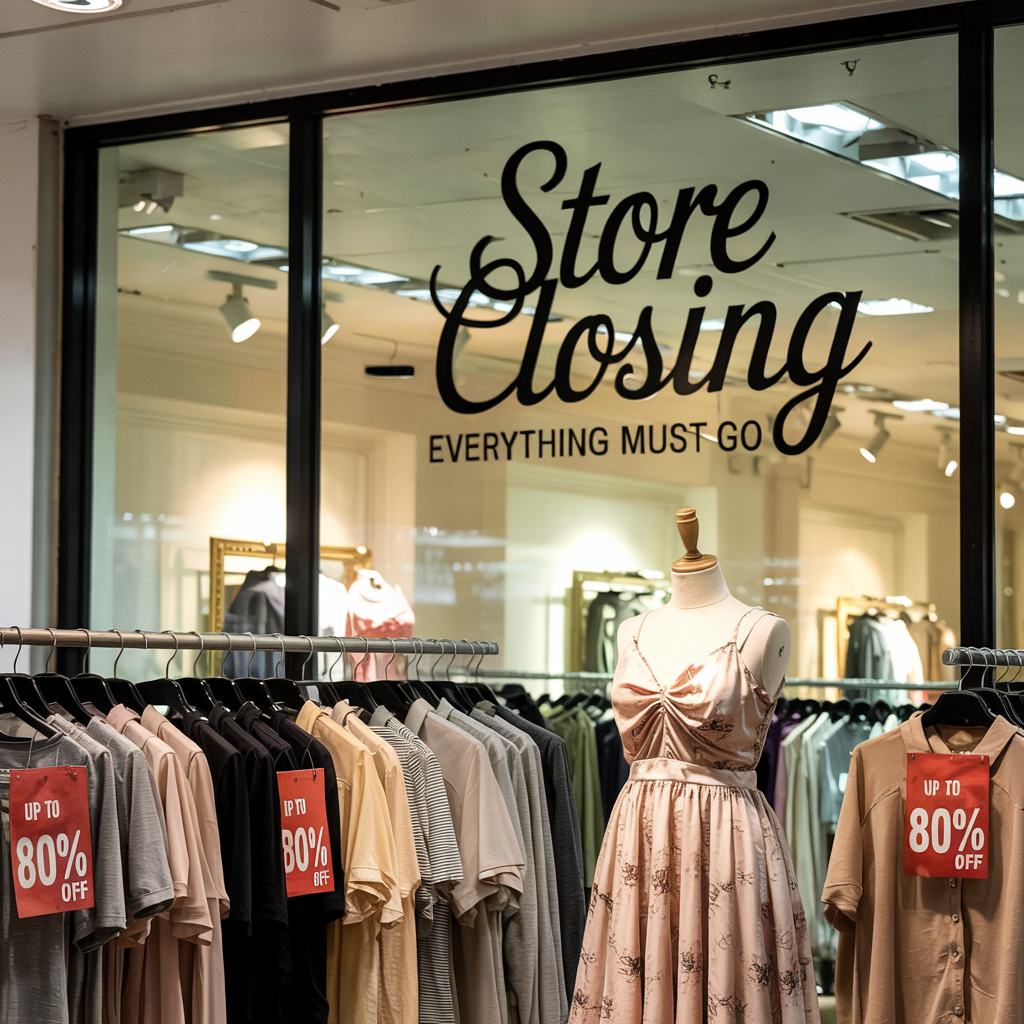Forever 21 just filed for bankruptcy—again. But instead of mourning the loss of a once-iconic brand, mall owners are seeing opportunity. With all 350 of its U.S. stores shutting down, commercial landlords now have access to prime retail real estate that had been underperforming for years.
In retail CRE, low-performing tenants don’t just drag down rents—they drag down the entire tenant mix. That’s why landlords are welcoming the closures. For them, it’s less about what’s leaving and more about what’s coming next.
Out With the Old. In With Higher Rent.
When Forever 21 walks out, stronger brands walk in.
At malls like Bridgewater Commons, landlords are already making moves to subdivide large boxes and re-lease them to better-performing tenants. These new tenants—ranging from TJ Maxx to Alo Yoga and Dave & Buster’s—don’t just pay more rent, they draw higher-spending foot traffic.
It’s not a downgrade. It’s a reset.
Mall Fundamentals Are Quietly Getting Stronger
The media might still be selling a mall-apocalypse narrative, but the data says otherwise. Class A malls are nearly full. Rents are rising. Vacancy is shrinking. And mid-tier malls are starting to lease up again as retail brands expand cautiously.
Westfield’s European parent company had previously planned to exit the U.S., but now they’re holding on to their best properties because tenant performance is strong and demand is picking up.
Limited Supply Means More Leverage
With no new enclosed malls being built—and hundreds of lower-end malls shutting down—supply is tightening. That gives landlords more pricing power and flexibility to reimagine the way space is used.
Vacancies caused by Forever 21’s exit aren’t liabilities. They’re leverage.
“When underperforming tenants leave, you don’t lose value—you unlock it.”
— Jason Keyz
Consumers Have Evolved. So Has the Leasing Strategy.
Forever 21’s downfall wasn’t just about competition—it was about stagnation. Gen Z and millennial shoppers have moved on to brands that speak to values, experience, and quality. Think Anthropologie, Alo Yoga, even local artisanal retail.
Retail landlords are following the consumer, not the past. And that’s what’s keeping them relevant.
This Isn’t a Crisis—It’s a Comeback
Mall values still have room to recover, and department store closures remain a challenge. But for properties with location, traffic, and a clear strategy, Forever 21’s exit is a chance to level up.
So while the headlines scream “bankruptcy,” what I’m seeing is rebirth. And in commercial real estate, it’s not about who leaves the space—it’s about who fills it next.



